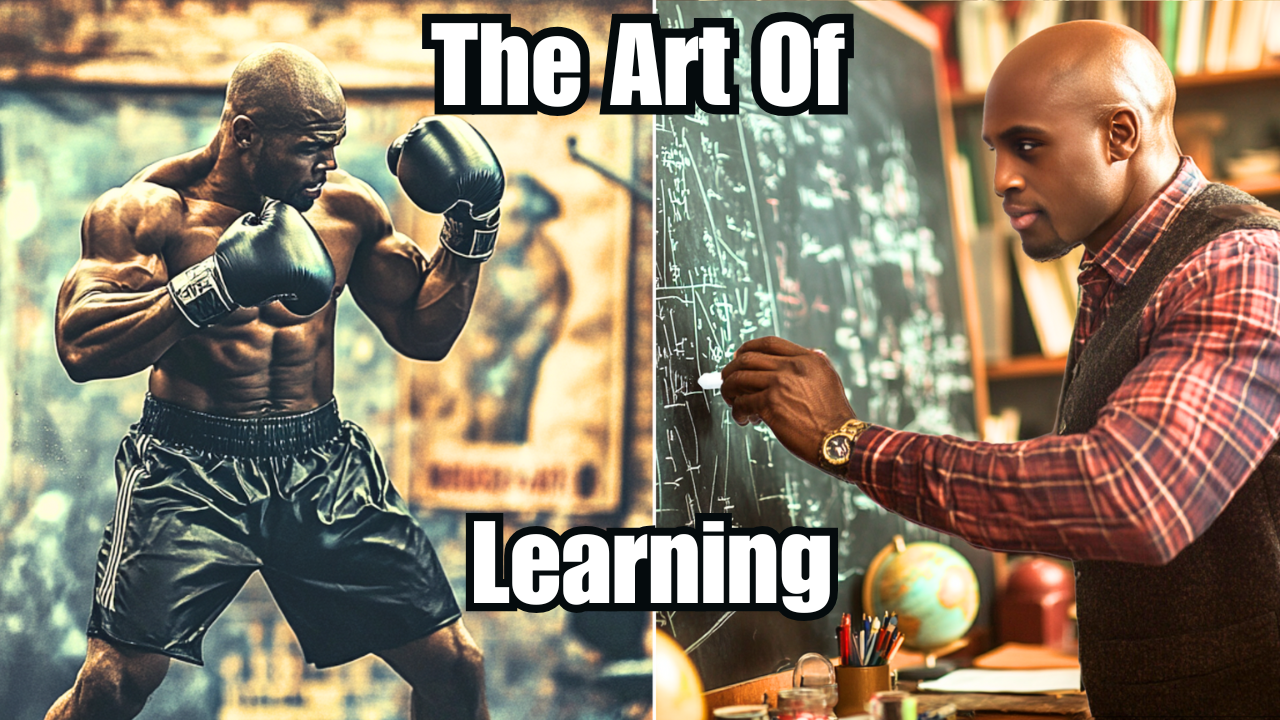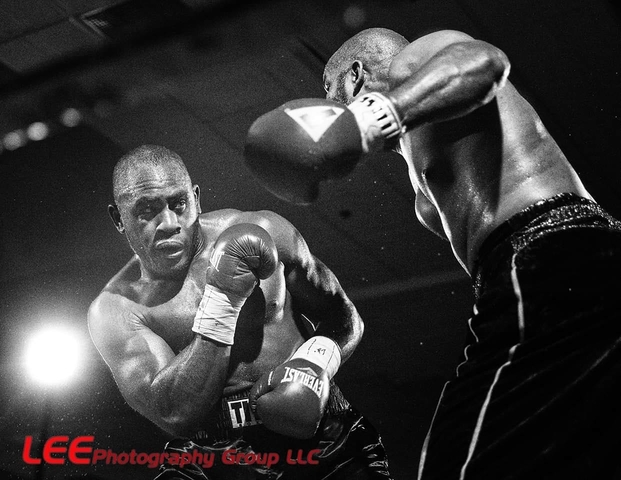These are a collection of boxing tips and I ideas I put together from my 12-years of experience as both an amateur and professional boxer. In addition to my personal boxing experience, I’ve started to dabble in coaching and training fighters and helping people reach their fitness goals with boxing.
In many ways, I’m an outsider. I didn’t have my first boxing match until I was 22, and while I was fighting, I earned a degree in physics. I did this so that I’d have a better future for myself after boxing, but it’s enabled me to look at boxing with a critical eye and look at what’s important and what needs to be improved.
This article is my collection of suggestions for anyone who wants to become a better boxer. The 25 tips are broken down into four categories. Laastly, this isn’t meant to teach anyone how to fight.
This post is merely guidance for how you should approach the aspects of your training. You can’t learn how to box by reading about it, but if you are already training, you can quickly improve.
I know this because when I started fighting, I was awkward and clumsy. I went on to capture a amateur national title and achieve a peak rating of #4 by USA boxing in 2011.
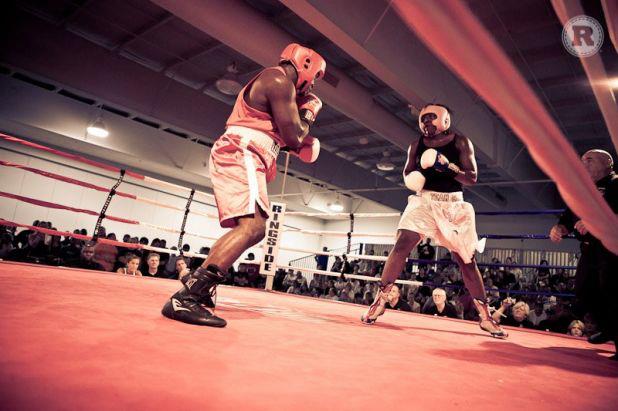
How to get in shape for boxing
Fatigue makes cowards of us all, but it’s dangerous to run out of energy in boxing. The challenge is that boxing is taxing on both the aerobic and anaerobic systems. You use up energy throwing punches, taking punches, evading, and attacking.
Therefore, you need to be in supreme physical condition if you want a successful boxing career. Fitness people fight to get in shape, while fighters get in shape to fight.
1) How far and often do does a boxer need to run?

You don’t need to run far, long, or frequently.
“Road work” or running is vital because boxing is an activity that taxes your cardiovascular system. You need to get in shape to box. Running helps, but the best way to get in shape for boxing is to box.
This doesn’t mean that you shouldn’t run. It just means that most fighters spend WAY too much time doing roadwork. It wears down their legs and, past a certain point, doesn’t help them in the ring.
I like to think of running routines in terms of 2-week intervals rather than one. I believe this gives your body more time to recover. Here is a sample running routine I’ve used to get in shape for a fight:
- Monday, Wednesday, & Friday: 2-mile run at a leisurely pace. It should be completed in 20-22 minutes. Any slower, and it’s not effective enough. Any faster, and it’s most likely no longer a Zone 2 workout.
- Tuesday and Saturday: Sprint workout (on this in the next point).
- Sunday: Rest day.
Your running routine is effective if your resting heart rate is 60 beats per minute or lower. The best time to measure your resting heart rate is right after you wake up or as you’re laying down to sleep.
The best device to measure for measuring your heart rate is a pulse oximeter. They’re cheap, but I’d still be grateful if you purchased through my affiliate link here.
2) Boxers need to incorporate sprints into their workout routine
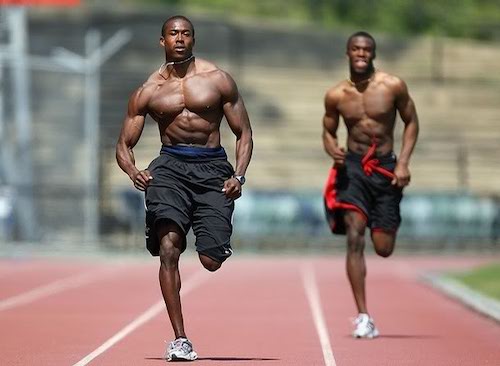
You need to sprint.
Most boxers I’ve met do not incorporate sprint training into their workouts and, as a result, are leaving several benefits on the table.
For starters, a sprinting workout improves your V02 max. V02 stands for “Volume Oxygen.” It measures how much oxygen your body can use during intense workouts. It measures how well your heart pushes blood to your muscles and how well the muscles can extract that oxygen from your blood. That last part, the word “max,” measures your maximum capacity to extract oxygen because your oxygen demands exceed its supply.
When doing slow, steady state, zone 2 (<60% of heart rate) cardio, your body uses fat as the primary energy source. At higher intensities, like sprinting, heavy bag work, or hitting the mitts, and many parts during the fight, the body uses glucose.
Because typical roadwork is a slower-paced run, your demand for oxygen never exceeds the supply of it (I mean “supply” in the sense of your body’s ability to use it). Since most moments of the fight exceed the pace of a jog, you need to train your body’s ability to deliver oxygen.
Next, sprinting strengthens your legs and helps you become a more powerful boxer. Many boxers don’t realize that punching power is generated in your legs. Of the few that do, I’m willing to bet that almost none realize that power (in the sense of activity) is the measure of energy per time (These are the types of things you pick up as a boxer with a physics degree).
Sprinting, especially up a hill, helps you improve the amount of energy you can generate (because they strengthen the entire body, specifically the muscles used for punching) and because you can move your feet faster (sprinting requires and trains fast foot turnover). By increasing the energy and decreasing the amount of time required to generate it, your power automatically increases.
3) Should boxers lift weights to build extra muscle?
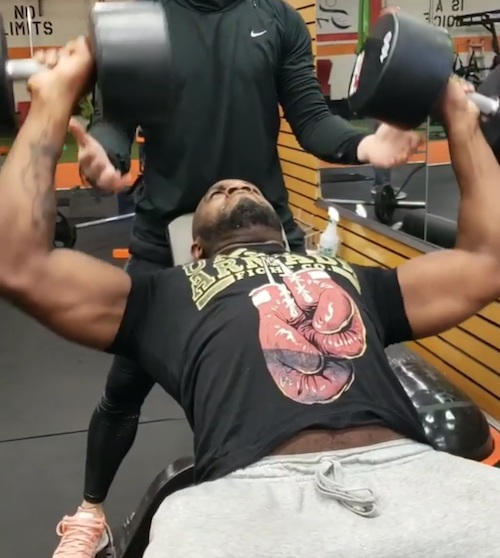
In theory, weight training is an excellent idea. In application, it almost always negates your boxing abilities.
In terms of health, fitness, and athleticism, there is no downside to weight training. I don’t want people to think I’m saying that boxing is somehow immune to the myriad benefits of weight training.
Boxing training makes little allowance for weight training for the following reasons.
- Practical considerations. Boxing is divided by weight classes and, with the exception of heavyweight, there is a maximum a fighter can weigh. While having more mass than your opponent is an advantage, there is a limit before you have to compete against heavier opponents.
Unless a fighter is actively trying to move up in weight classes, lifting weights will make cutting weight more difficult. - Muscles cost oxygen. And energy, While they technically pay for their energy cost in the form of being a storage for glucose, accessing that energy requires energy. You’ll need more oxygen to activate the energy stores and to power the extra muscle you build. For most athletes, this isn’t an issue and it’s why they benefit from weight training specifically to gain muscle.
In boxing, you not only are typically in the best cardiovascular shape possible, but you’re also moving continuously and are in serious trouble if you fatigue. No other sport combines the constant necessity of movement with such a fierce penalty for being unable to perform it suddenly. - Poor training balance. If boxers were encouraged to lift weights, there would be boxers—especially beginners—who emphasize this above all other things. This is because it’s human nature to mistake activity for progress. You often see this in other areas of boxing training where there isn’t a stigma.
Consider the boxers who think they need to run 3-4 miles every day. Not only is this not necessary, but it’s counterproductive, as you’ll wear down your body and make your legs less effective during the fight. - Doesn’t actually help anything. Boxers will lift because they believe that it makes them more powerful. If a fighter lacks power, lifting weights won’t make a difference. He needs to take that time to improve his skills and ability to deliver shots.
The general boxing community thinks punchers are born rather than made, but the reality is that anyone can learn to deliver with world-class power by learning how to punch effectively. Lifting weights won’t help. - Better ways to use the time. Time spent lifting weights can almost ALWAYS be used on some skill element. Whether it be film study, shadowboxing, pad work, footwork, or technique training, there is an element that a fighter is deficient in. The time spent on one of those elements during your training session will always yield a better return than time invested in weight lifting.
The most powerful supplement for training I’ve ever tried!
I know the grind of early morning training sessions. That’s why I was stoked to discover Morning Would, created by a firefighter who knows what it’s like to perform in life-or-death situations. Boxing is the hurt business, but saving lives and risking your own is on a completely different level.
This all-in-one formula combines critical electrolytes for hydration, amino acids to preserve muscle during fasted training, and nootropics for mental clarity – exactly what you need before hitting the bags at dawn or for a pick-me-up hitting the gym after a long day of work. And it’s a delicious powdered drink I can mix with my protein.
With ingredients like L-citrulline for blood flow and Alpha GPC for focus, Morning Would is perfect for fighters who need something extra to get through the grind of training.
Skip the basic pre-workouts and endless supplement stack. Morning Would is the complete package for boxers who take their morning training seriously.
4) The fastest way to get into shape
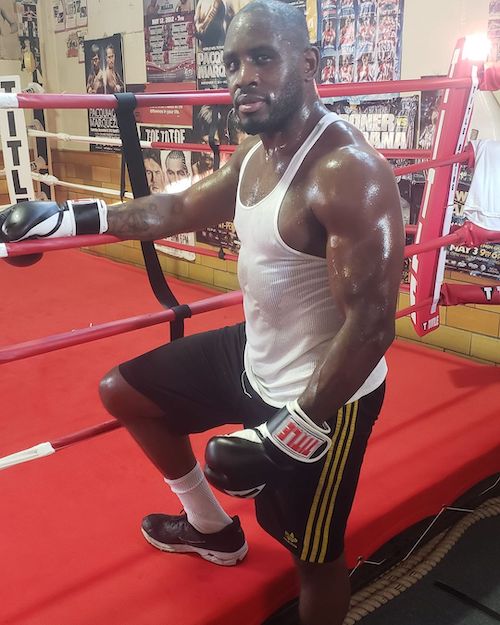
If you follow this simple boxing workout, you’ll be in better shape than nearly every boxer, regardless of weight class.
When I followed this routine (combined with the running routine I gave above), I never got tired during a fight, regardless of how hard I pushed myself.
- 5x50 push-ups
- 5x50 sit-ups
- 5x50 bodyweight lunges
- 10-20 pull-ups
- 30 minutes of shadowboxing
- 6-8 rounds of high-intensity work on the heavy bag
- 20 minutes of jumping rope
If you do this routine 3-4 times per week, it will be difficult for you to become exhausted during a fight.
Read more about how I trained for fights here—>What it’s like training for a professional boxing match
5) Mobility and flexibility are overcomplicated and underrated
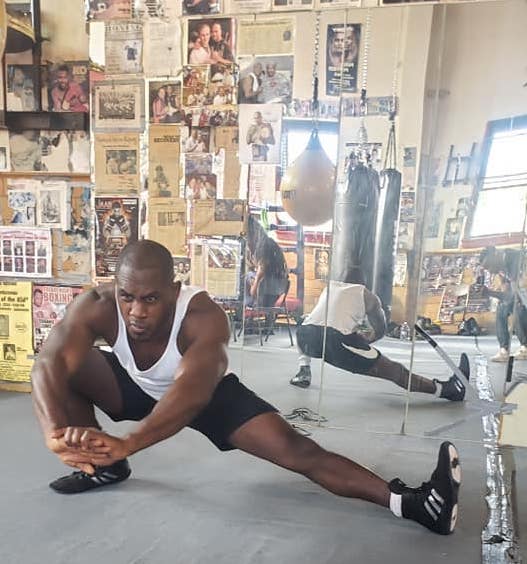
You don’t need a crazy system or spend years trying to do a split.
You just need shoulder mobility, the ability to rotate your core, and have strength through a wide range of hip motions.
Every other sport recognizes the importance of hip mobility and core flexibility, but boxing is woefully behind in this (and many other) regards. Do not neglect this. It will be impossible for you to maximize the power in your punches if you do not have strength through these ranges of motion.
6) Footwork has an athletic component
While the skill aspect of footwork is often taught well enough, I’ve rarely seen gyms emphasize the athletic components.
Aside from understanding where to place your feet for optimal positioning, good footwork is comprised of agility, balance, and quickness. I believe that boxers don’t work on these, largely because they have no idea how to improve these traits because most coaches have no idea how to.
This is another way that boxing is woefully behind other sports.
7) Train your balance
In recovering from various concussions and post-concussive syndrome, I learned a lot about the importance of balance. Most people don’t understand what balance means in terms of athletic performance. Athletically speaking, balance is the ability to maintain your center of gravity directly over your base of support, specifically while in motion.
Your center of gravity is the place on your body where, if your body were perfectly rigid, where you’d balance. Your base of support is the point and position that your body makes contact with the ground. An optimial boxing stance, with the hips lowered and hinged and weight on the back foot, attemps to make the boxer as balanced as possible.
Maintaining this balance not only ensures that the boxer is always in position to deliver maximum power, but also that he doesn’t waist energy regaining balance.
It’s beyond the scope of this article to give you a complete breakdown on a balance training method. What I will tell you is that your general balance is composed of your vestibular, proprioceptive, and occular system. You’ll also need a strong core and hip mobility.
How to find a good boxing gym and coach
As an amateur boxer, I had over 10 different coaches. At one point in time or the other, I was coached by
- Tom Yankello. 2022 Pennsylvania Boxing Hall of Fame inductee.
- Manny Robles. Trained world champion Andy Ruiz Jr. and 2012 Heavyweight Olympian Dominic Breazeale.
- Jamal Abdullah. Co-trainer of former world champion Charles Martin.
- John Hernandez Bray. 2018 California Boxing Hall of inductee.
- Henry Tillman. 1984 Heavyweight Olympic Gold Medalist and co trainer of former IBF Heavyweight champion Charles Martin.
- Courage Tshabalala. Top South African amateur with 26-4 professional record.
For any skeptics of my experience with so many coaches, the reason this happened is because of the unique circumstance of my training. I managed to get recruited to All-American Heavyweights during the final 2 years of my amateur career.
There, with the money they had, I was surrounded by an assortment of high-quality coaches. Tom Yankello was not part of the program, but he was the coach that got me in a position to get recruited by them, and he was my professional coach as well.
Each of these coaches taught me something that added to my understanding of the sport, increased my skill level, made me a better teacher, and made me a better person. The following list is comprised of their best traits. It’s likely impossible to find all of these traits in one coach, but the more boxes they check, the better.
For further reading, click here learn how to get into amateur and professional boxing
8) Should your coach have experience fighting?
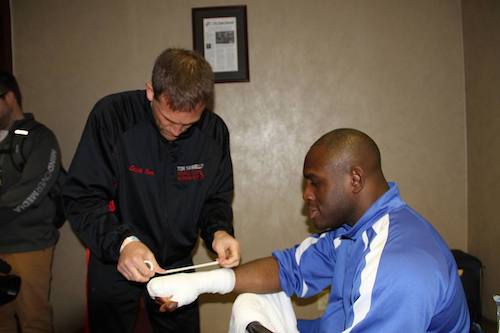
Your coach needs to have fought. Preferably to at least an intermediate amateur level (I’ll define “intermediate amateur level” as having won a state-level amateur tournament in at least a moderately competitive state or region of the country).
Your coach doesn’t need to have been a top-level world championship boxer, but you can’t be effectively coached by someone who doesn’t even know what it’s like to fight at a competitive level.
A coach has to mentally and emotionally prepare you for battle. That’s difficult to do if he’s never been in battles himself. Also, lacking in experience means that he’ll lack sufficient recognition of and solution to tactical (how to properly throw and defend various punches) and strategic (ring generalship, game-planning, fight preparation, etc.) problems because he simply has never experienced them.
If your coach has not fought to at least an intermediate amateur level, then his resume needs to reflect experience teaching and building multiple fighters. At this point, I need to make it clear that these points are for people serious about fighting and giving themselves the best chance of going far in the sport.
My advice is not meant for the club fighter, nor is it meant to disparage the many men who coach at the local boxing gym to keep kids out of the street. Keep these things in mind when evaluating everything said in this article.
9) Beware of this common trap
Some fighters would have been successful regardless of who was in their corner.
Sometimes a coach gets lucky and builds his entire career off that. They can’t coach their way out of a paper bag, and if you aren’t a natural talent, you may give up because you aren’t learning anything, but you also aren’t being taught a thing either.
Or worse, you’ll be taught the wrong things that are keeping you behind.
10) A good boxing coach is a teacher first
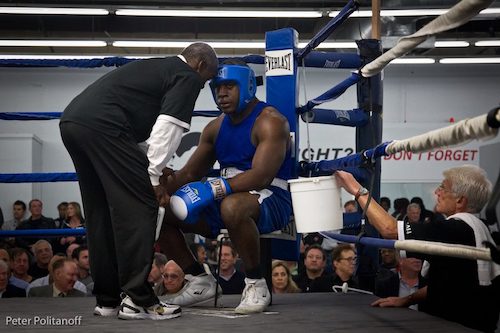
Tom Yankello always used to tell me “Telling ain’t teaching.”
Bernard Hopkins has been famously critical of the modern state of boxing, saying “Boxing is 99% trainers and 1% teachers.”
Both of these sentiments reflect a significant problem in boxing. Unlike the other sports, anyone can throw a towel over their shoulder and claim to be a boxing coach. There is no independent certifying body that says this person is good enough to coach.
Aside from that, there are two reasons why someone is an ineffective teacher or coach: either they don’t know the subject or they don’t know how to teach it to another person.
My experience has been that most boxing coaches don’t really know anything about boxing. They don’t know how to teach the strategic, tactical, or physical elements of the sport. A telltale sign that your boxing coach doesn’t know much about boxing is that he focuses on conditioning over skills development.
While it’s important to be in shape, boxing training combined with the workout routine I gave above takes care 90% of conditioning requirements. Over emphasis on conditioning or sparring signifies a serious knowledge gap.
11) Your coach should study film with you
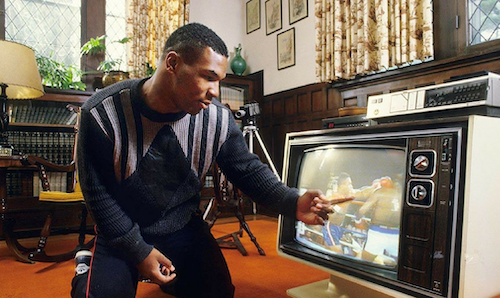
If a coach did this one thing, he’d probably figure out a lot of techniques, tactics, and strategies for fighting that the great fighters used to dominate in a much more competitive era.
However, most would be boxing coaches don’t even watch the old fights, let alone seriously study film. If your coach doesn’t watch film with you, then you should become a serious student and watch more boxing yourself.
12) Don’t forget that your coach is making a huge sacrifice
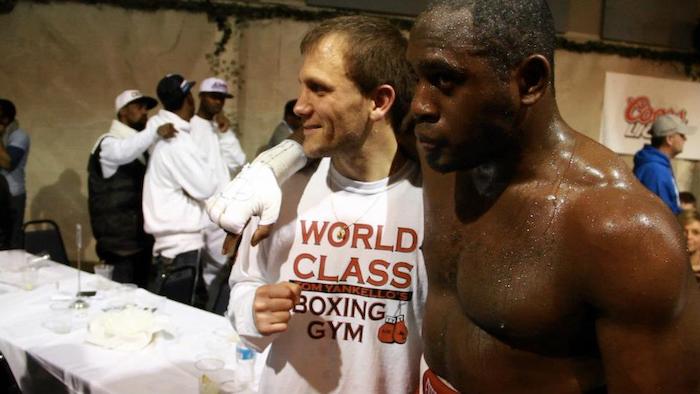
Most fighters don’t make any money. Coaches are paid a small percentage of an already small amount.
Even if a coach charges a gym membership or monthly trainer fee, professional (and amateur, for that matter) boxing doesn’t attract the types of clientele swimming in money. I say all this to say that most boxing coaches are effectively volunteers.
Most fighters will never see a significant payday. You probably won’t either. That’s why the most important thing you can do to repay your coach is to be a dedicated student of the game.
Work hard, be fearless, and stay in shape. Stay out of trouble with the law and always carry yourself as if you are a representative for your community and an extension of the people who put their faith in you. But virtue of who you are and what you do, people will look up to you.
Do not disappoint them or waste your coach’s time.
Read: Ed Latimore’s 48 Boxing Quotes
Advice on learning proper boxing skills
13) How to use the heavy bag
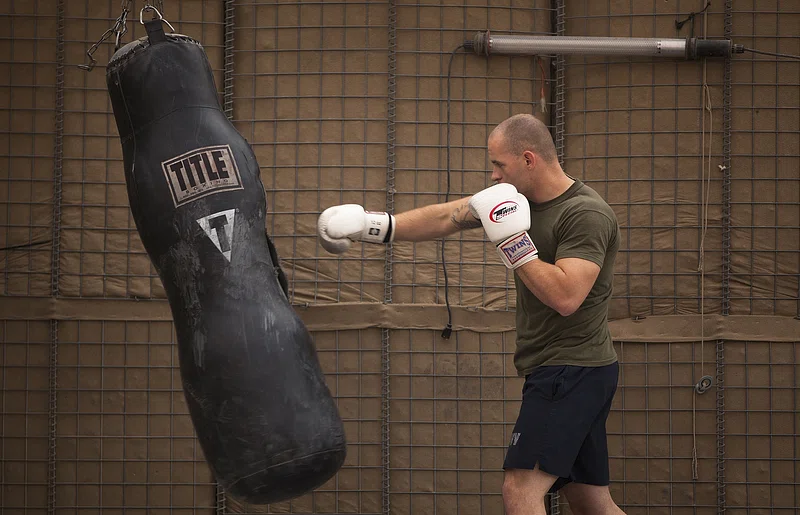
The heavy bag is for conditioning and learning how to throw every punch with bad intentions. While techniques are important, it matters more that you push yourself to the max for the entire 3-minute round that you’re on the bag.
Any other use is a waste.
14) How to hit mitts
When your coach holds the mitts (or in my case, the paddles), this is the time for you to work on your boxing techniques, touch, and precision. This is where you learn to place shots accurately and learn how to develop a great snap on your punches.
You can train this against the heavy bag, but for reasons related to Newton’s 3rd Law of physics, it’s not nearly as effective.
15) How to shadowbox
Shadowboxing is for working on your footwork, defensive maneuvers, basic boxing techniques, and concentration. The more time you spend shadowboxing, the better fighter you will become. The key to effective shadowboxing is a vivid imagination.
You need to create an opponent in your mind that you’re actively fighting. The more fights you have, the easier this becomes. Studying film also makes this easier as well.
16) Learn the basic skill of boxing
Generally speaking, most people never master the fundamentals of anything because the fundamentals are boring. Specific to boxing, this problem is exacerbated by the fact that almost no one takes the time to understand how to do anything correctly.
It’s amazing how few boxers understand basic punching techniques. If you master the fundamentals, you’ll be better than 90% of amateur and professional boxers. If there are no coaches around who both understand the fundamentals and how to teach them, then start watching old fights.
17) Every punch is the same
The only difference is where you place your fist. Jabs, left hooks, right hooks, uppercuts, and crosses are all the same.
Whether it’s a straight punch or a punch with circular motion, your body goes through the exact same sequence: power is generated by your resistance against the floor, it’s driven up through your legs and posterior chain, translated into core by your abs, and then driven into the opponent via the back.
The arms have almost nothing to do with it. I tell fighters all the time that boxing is done with your legs. Just keeping that in mind will improve your technique.
18) Pro tip: Punch with your entire body
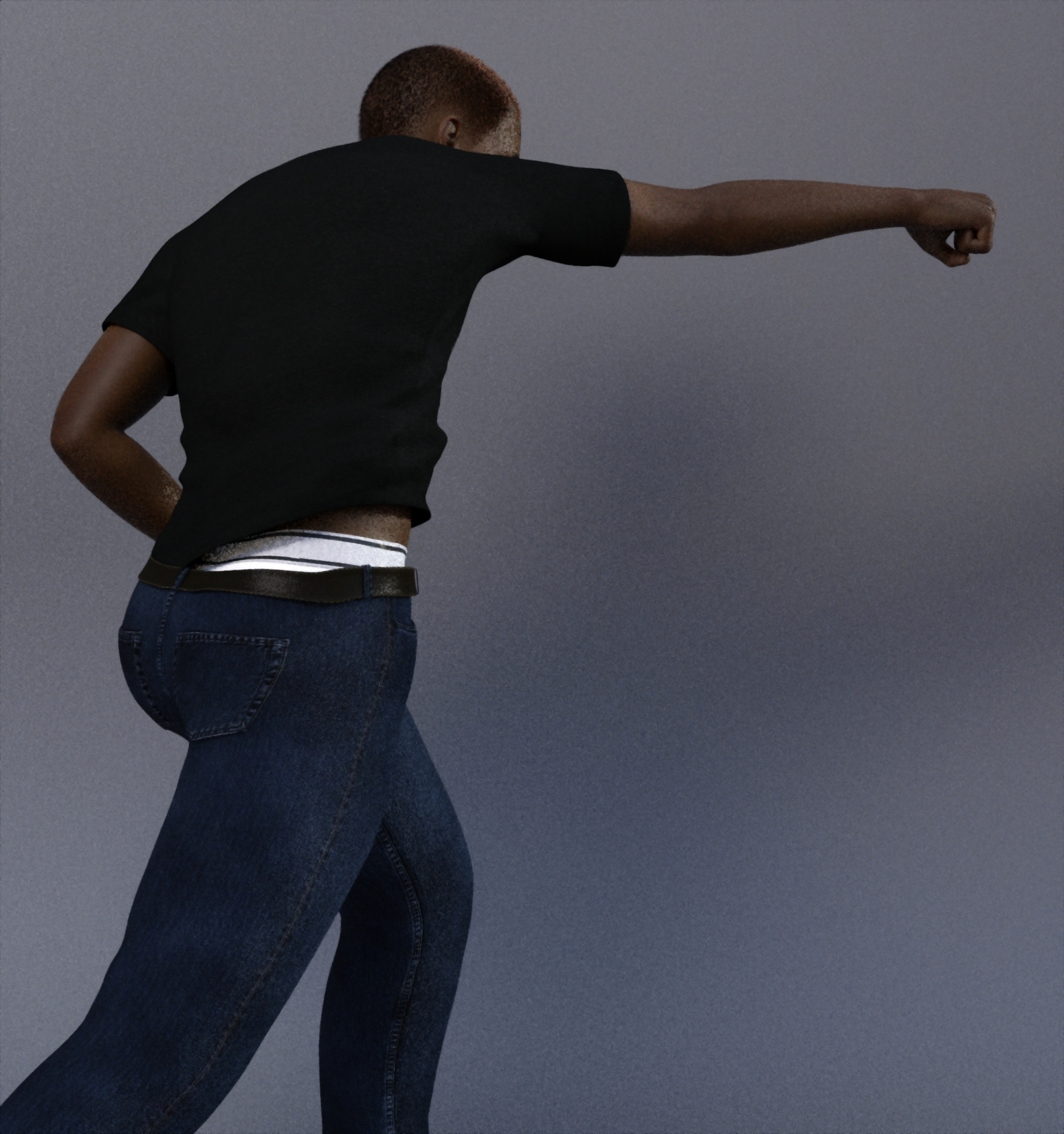
When throwing punches, learn to put your back into the punch, rotate your core, and keep your hips level by using muscular tension to hold your knees level.
Doing this with your weight on your back foot and pushing into the floor with your front foot is the secret to incredible punching power.
19) Don’t stop moving your head
Constant head movement is unnatural and must be trained. Even when you think you are moving your head, you’re not moving it. So always practice it, even when you’re just using the punching bag.
Boxing Lessons on Grit, Resilience, and Antifragility
In this e-book, I teach you 20 mindset lessons I learned from my 13-1-1 professional heavyweight boxing career.
Use these to conquer any challenges you face, in the ring or in life.
Learn how to develop the mindset of a fighter, from a fighter, so you can win the battles you face.

General boxing tips
20) You can’t separate offense and defense
A properly thrown punch defends you, and a well-executed defensive movement puts you into the optimal position to take advantage of an opening or strike back with a counter punch.
If you only punch, you’ll wear yourself and leave yourself open for a counterattack. If you only defend, you’ll discover that there is no such thing as a “perfect defense” and that there is no static position that completely defends yourself.
Offense and defense are dynamically intertwined and wholly interdependent. The sooner you stop thinking of them as two different skills to learn, the sooner your capabilities in both will increase.
21) Why is boxing called “the sweet science”?
Boxing is called “The sweet science” because it’s more than just about hitting and not getting hit. There is a beautiful dance taking place that requires technique, tactics, and strategy.
Athleticism and brawling power help, but you must rely on your mind and creativity to win at the higher levels.
Weight classes mean that in theory, no one has a significant advantage (of course, this vanishes at the heavyweight division. I explain the implications of that in this snippet). This means that boxing skills will take you the furthest in the fastest way.
22) You can only hit what you can see
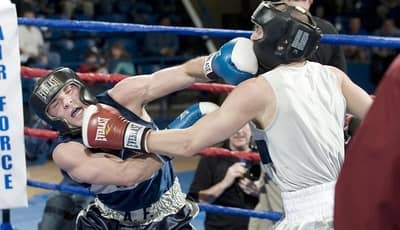
Never look away from your target.
If you ever turn your head away from what you’re aiming to hit, you have no idea if it’s moved at the last second. You might be able to get away with this bad habit on the heavy bag, but a real human is dynamic, reacting, and is trying to avoid your punches.
23) How to spar

Unless you’re getting ready for a professional fight, sparring is school.
It’s not a place for you to try and kill your opponent. It’s where you practice your craft in a live environment.
Speed bags and heavybags don’t hit back and shadowboxing is against an opponent that only exists in your imagination, but sparring is where you pull it all together. No one gets anything for winning sparring.
24) Get your own gear

This tip is more for beginner boxers.
You need your own gear. No one is expecting to have everything the first time you come in the gym. but you want to have your own boxing gear before at least your first amateur fight.
With that said, I understand this may be financially difficult to do. So, in order of importance, here is the gear you need to get if your funds don’t allow you to purchase everything.
- Mouthpiece. Preferably a custom-fit mouth guard that uses putty molds of your teeth. However, in the beginning, any generic mouthpiece from a sporting goods store will suffice.
Much like Winning is for boxing equipment, The Mouthpiece Guy is the company for mouthguards. Used by all the top boxers. No affiliate commission. Just a solid product. Get it here. - Boxing shoes. This took second place to the mouthpiece because this is the only other piece of gear that you can’t really borrow. While there are no rules against boxing in your tennis shoes, boxing shoes are specifically made for boxing. Wrestling shoes will also suffice.
- Hand wraps. While there will be community wraps at most gyms, this is a very easy way to catch an infection. Very rarely will the community wraps be washed. This is also the least expensive item on the list even if you got fancy gel wraps.
- Headgear. From a safety perspective, this should be second behind a mouthpiece. A decent headgear is also not particularly expensive. This is why most gyms tend to have a few that you can use, but you’ll definitely want to get your own, as it’s just more sanitary.
- Boxing gloves. I may seem weird that these came last, but I’ve never been to a boxing gym that didn’t have a few pairs of gloves. Furthermore, boxing gloves are supplied to you for both amateur and professional fights. When you do purchase some gloves, here’s my list of the best ones at various price points.
Here are my recommendations on the best boxing gloves to get - Groin protector. Ok, so this piece of equipment is extremely important, but you can usually get one off of someone. As a heavyweight, I occasionally had problems procuring one that fit, which is why I just bought my own. They don’t need to be fancy. They just have to protect your balls. Hip protection is nice but optional until you get into competition.
25) Boxing is not self-defense
Once you really learn how to hit someone, you could kill them.
However, what’s for more likely is that you’ll underestimate how powerful you are, not stop the guy, and he’ll probably pull out a gun or something.
Don’t get into fights because now that you can fight, the stakes are higher. Just because you can knock someone out doesn’t mean that you’re bulletproof.
Follow these boxing tips for a successful career in the ring and not for self-defense in the street.
Read: How to avoid a streetfight and what to do if you can’t
Boxing Lessons on Grit, Resilience, and Antifragility
In this e-book, I teach you 20 mindset lessons I learned from my 13-1-1 professional heavyweight boxing career.
Use these to conquer any challenges you face, in the ring or in life.
Learn how to develop the mindset of a fighter, from a fighter, so you can win the battles you face.




